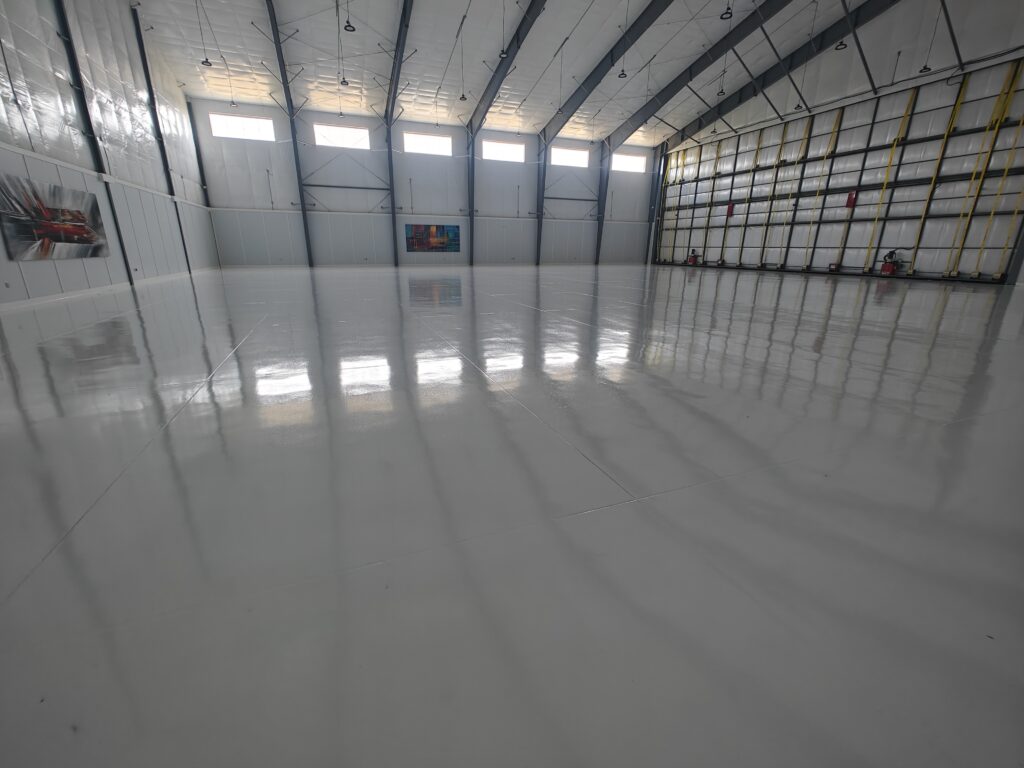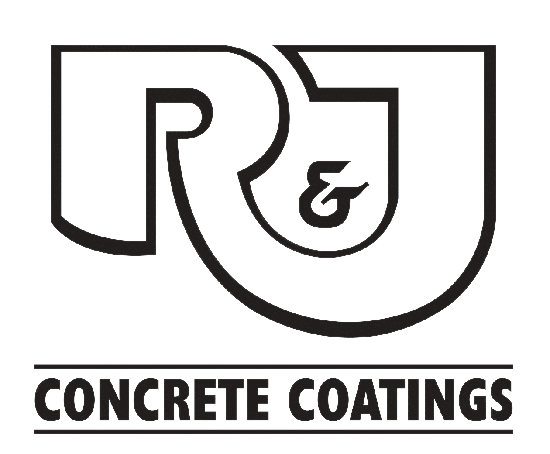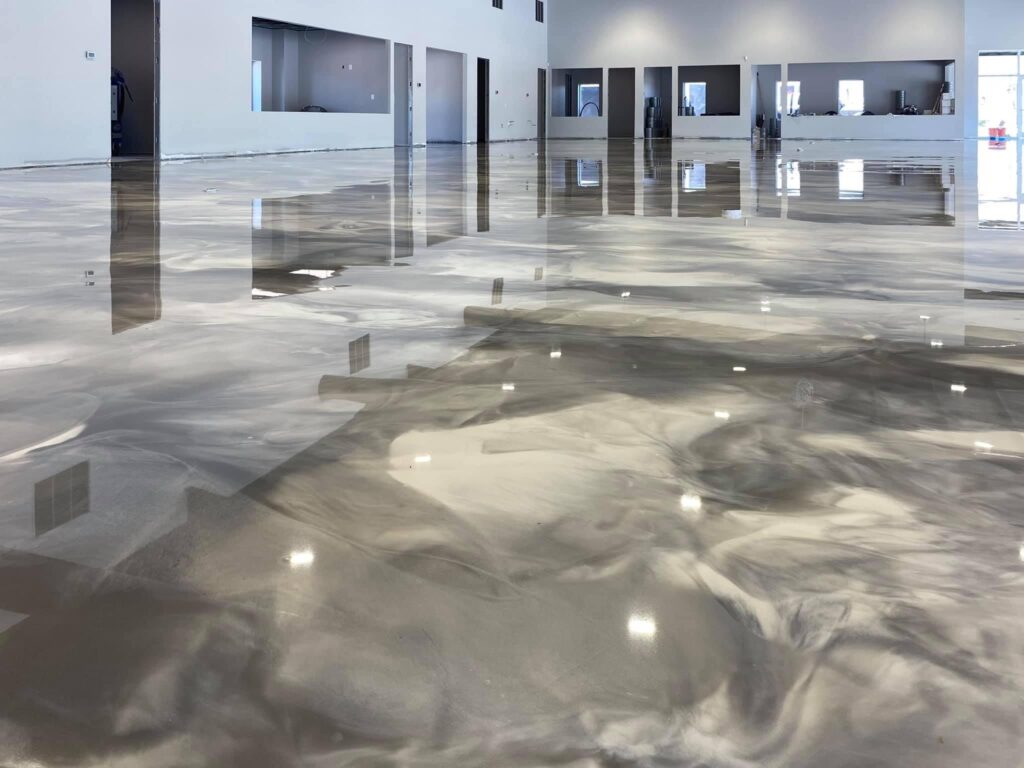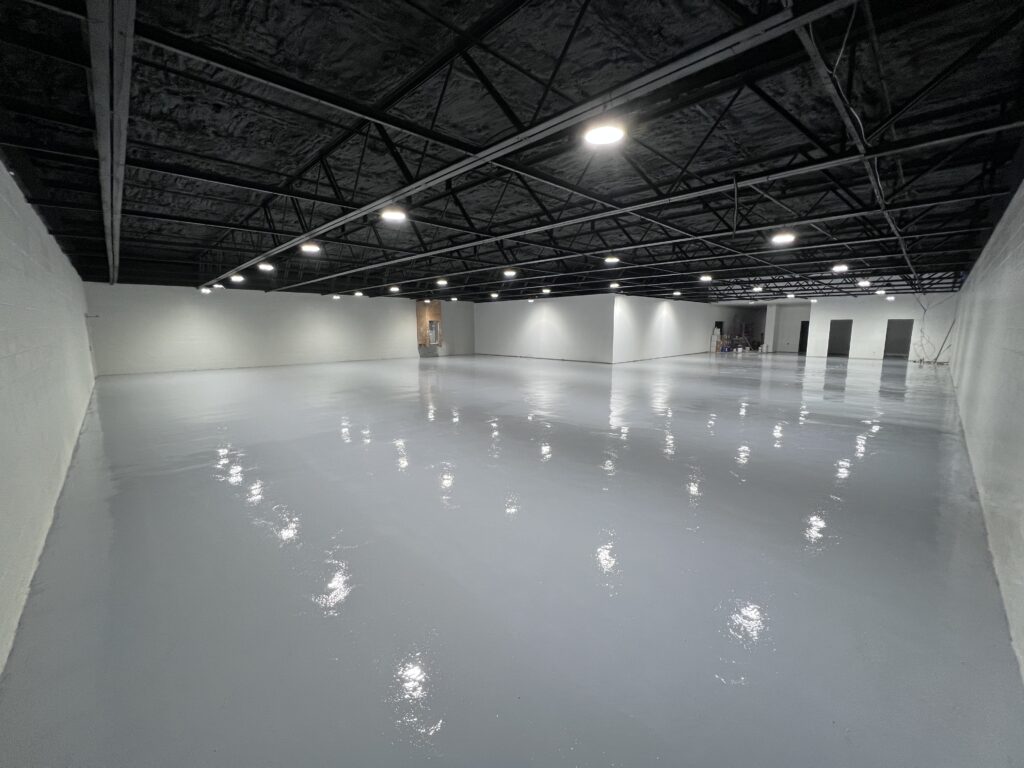In the bustling world of transportation, where millions of feet tread and countless wheels roll, the importance of a robust flooring system cannot be overstated. Hammond’s airports and transportation hubs, as vital arteries of the city’s infrastructure, demand flooring solutions that can withstand the test of time and traffic. Enter epoxy flooring – a game-changer in the realm of durable and safe surfaces for high-traffic areas.
Definition and Basic Properties of Epoxy Flooring
Epoxy flooring is a sophisticated system comprising multiple layers of epoxy resin applied to a concrete substrate. This chemical compound, when cured, forms a rigid plastic material known for its strength, resilience, and versatility. The result is a seamless, non-porous surface that bonds exceptionally well with the underlying concrete, creating a formidable barrier against wear and tear.
Importance of Durable Flooring in High-Traffic Areas
The significance of durable flooring in transportation hubs cannot be overstated. These areas endure constant foot traffic, heavy luggage, and the movement of various vehicles, from baggage carts to maintenance equipment. A subpar flooring system would quickly succumb to this relentless assault, leading to frequent repairs, safety hazards, and operational disruptions. Epoxy flooring stands as a beacon of durability in this challenging environment.
Benefits of Epoxy Flooring for Airports and Transportation Hubs
Exceptional Durability and Longevity
One of the primary advantages of epoxy flooring is its remarkable durability. When properly installed, an epoxy floor can withstand heavy foot traffic, impact from dropped items, and the constant movement of wheeled equipment without showing signs of wear. This longevity translates to reduced maintenance costs and fewer disruptions to daily operations – a crucial factor in the fast-paced world of transportation.
Enhanced Safety Features
Safety is paramount in any public space, and transportation hubs are no exception. Epoxy flooring can be customized with non-slip additives, creating a surface that remains safe even when wet. This feature is particularly valuable in areas prone to spills or exposed to outdoor elements. Additionally, epoxy floors can be designed with bright colors and clear markings, enhancing visibility and guiding passenger flow – an essential aspect of safety in busy airports and stations.
Easy Maintenance and Cleaning
In an environment where cleanliness is not just an aesthetic concern but a matter of public health, epoxy flooring shines. Its seamless, non-porous surface prevents the accumulation of dirt, bacteria, and other contaminants. Cleaning an epoxy floor is a straightforward process, often requiring nothing more than regular sweeping and occasional mopping. This ease of maintenance ensures that Hammond’s transportation hubs can maintain a hygienic environment without excessive labor or downtime.
Aesthetic Versatility
While functionality is key, the visual appeal of a space should not be overlooked. Epoxy flooring offers a wide range of aesthetic options, from solid colors to intricate patterns and even three-dimensional designs. This versatility allows Hammond’s airports and transportation centers to create visually striking environments that reflect the city’s character while maintaining the highest standards of durability and safety.
Specific Applications in Hammond’s Transportation Infrastructure
Airport Terminals and Concourses
The terminal is often a traveler’s first impression of a city, and Hammond’s airport deserves flooring that makes a lasting impact. Epoxy flooring in terminals and concourses not only withstands the constant flow of passengers and luggage but also provides an opportunity to showcase Hammond’s identity through custom designs and branding elements integrated into the floor itself.
Baggage Claim Areas
Baggage claim areas face unique challenges, with heavy luggage being dragged and dropped constantly. Epoxy flooring’s impact resistance makes it an ideal choice for these zones, preventing damage and maintaining a smooth surface for both passengers and baggage handling equipment.
Maintenance Hangars and Workshops
Beyond public areas, epoxy flooring proves its worth in the behind-the-scenes spaces of Hammond’s transportation network. In maintenance hangars and workshops, where heavy equipment and chemicals are commonplace, epoxy floors provide a durable, chemical-resistant surface that can withstand the rigors of daily operations while maintaining a clean, professional appearance.
Bus and Train Stations
Hammond’s bus and train stations serve as crucial nodes in the city’s transportation network. Here, epoxy flooring offers a cost-effective solution that can handle the constant flow of commuters while providing clear wayfinding through color-coded paths and zones.
Installation Process and Considerations
Surface Preparation
The key to a successful epoxy flooring installation lies in meticulous surface preparation. This process involves thoroughly cleaning the concrete substrate, repairing any cracks or damage, and ensuring proper moisture levels. In Hammond’s transportation hubs, where downtime must be minimized, careful planning and execution of this preparatory phase are crucial.
Application Techniques
The application of epoxy flooring is a multi-step process that requires skill and precision. It typically involves laying down a primer, followed by multiple layers of epoxy resin, often with decorative elements or non-slip additives incorporated into specific layers. For large areas like airport terminals, specialized equipment may be used to ensure even application and minimize air bubbles.
Curing and Setting Time
One of the challenges in installing epoxy flooring in high-traffic areas is managing the curing time. While epoxy floors cure relatively quickly compared to some alternatives, proper planning is essential to ensure minimal disruption to operations. In Hammond’s transportation hubs, this might involve phased installations or utilizing rapid-cure epoxy systems designed for time-sensitive projects.
Maintenance and Long-Term Care of Epoxy Floors
Regular Cleaning Procedures
Maintaining the pristine appearance and functionality of epoxy floors in Hammond’s airports and transportation centers requires a consistent cleaning regimen. Daily sweeping or dust mopping removes abrasive particles that could potentially scratch the surface. For more thorough cleaning, a neutral pH cleaner and a soft mop or auto-scrubber can be used without risking damage to the epoxy surface.
Addressing Wear and Tear
Despite its durability, epoxy flooring is not impervious to wear. High-traffic areas may show signs of dulling over time. Regular buffing can help maintain the floor’s shine and protect its surface. In areas subject to extreme stress, such as baggage drop zones, implementing protective measures like rubber mats can extend the life of the epoxy floor.
Reapplication and Touch-ups
One of the advantages of epoxy flooring is the ability to reapply or touch up specific areas without needing to replace the entire floor. For Hammond’s transportation hubs, this means targeted maintenance can be performed during off-peak hours, ensuring that heavily used sections remain in top condition without significant operational disruptions.
Environmental and Health Considerations
In an era of increasing environmental awareness, the choice of flooring material for public spaces carries added significance. Epoxy flooring, when properly installed and maintained, can be an environmentally friendly option for Hammond’s transportation hubs. Many modern epoxy formulations have low volatile organic compound (VOC) content, contributing to better indoor air quality for travelers and staff alike.
Furthermore, the longevity of epoxy flooring means less frequent replacements, reducing the overall environmental impact associated with flooring materials over time. As Hammond continues to prioritize sustainable development, the role of durable, low-maintenance flooring solutions like epoxy in reducing the city’s environmental footprint becomes increasingly important.
Future Trends in Epoxy Flooring Technology
As Hammond looks to the future of its transportation infrastructure, emerging trends in epoxy flooring technology promise even greater benefits:
- Smart Epoxy Floors: Researchers are developing epoxy formulations that can be embedded with sensors to monitor foot traffic patterns, detect spills, or even generate electricity from footsteps. Such innovations could revolutionize how Hammond manages and optimizes its transportation hubs.
- Self-Healing Epoxy: Advanced epoxy systems with self-healing properties are on the horizon. These floors could automatically repair minor damages, further extending their lifespan and reducing maintenance needs.
- Enhanced Antimicrobial Properties: In response to growing health concerns, new epoxy formulations with improved antimicrobial properties are being developed, offering even greater protection against harmful bacteria and viruses in high-traffic areas.
- Eco-Friendly Innovations: The push towards sustainability is driving research into epoxy systems made from renewable resources, potentially offering Hammond an even greener flooring option for future projects.

Conclusion
By investing in epoxy flooring, Hammond demonstrates its commitment to creating transportation hubs that are not just functional, but also safe, efficient, and visually appealing. As the city moves forward, the solid foundation provided by epoxy flooring will undoubtedly play a crucial role in shaping the passenger experience and operational efficiency of its transportation systems for years to come.



